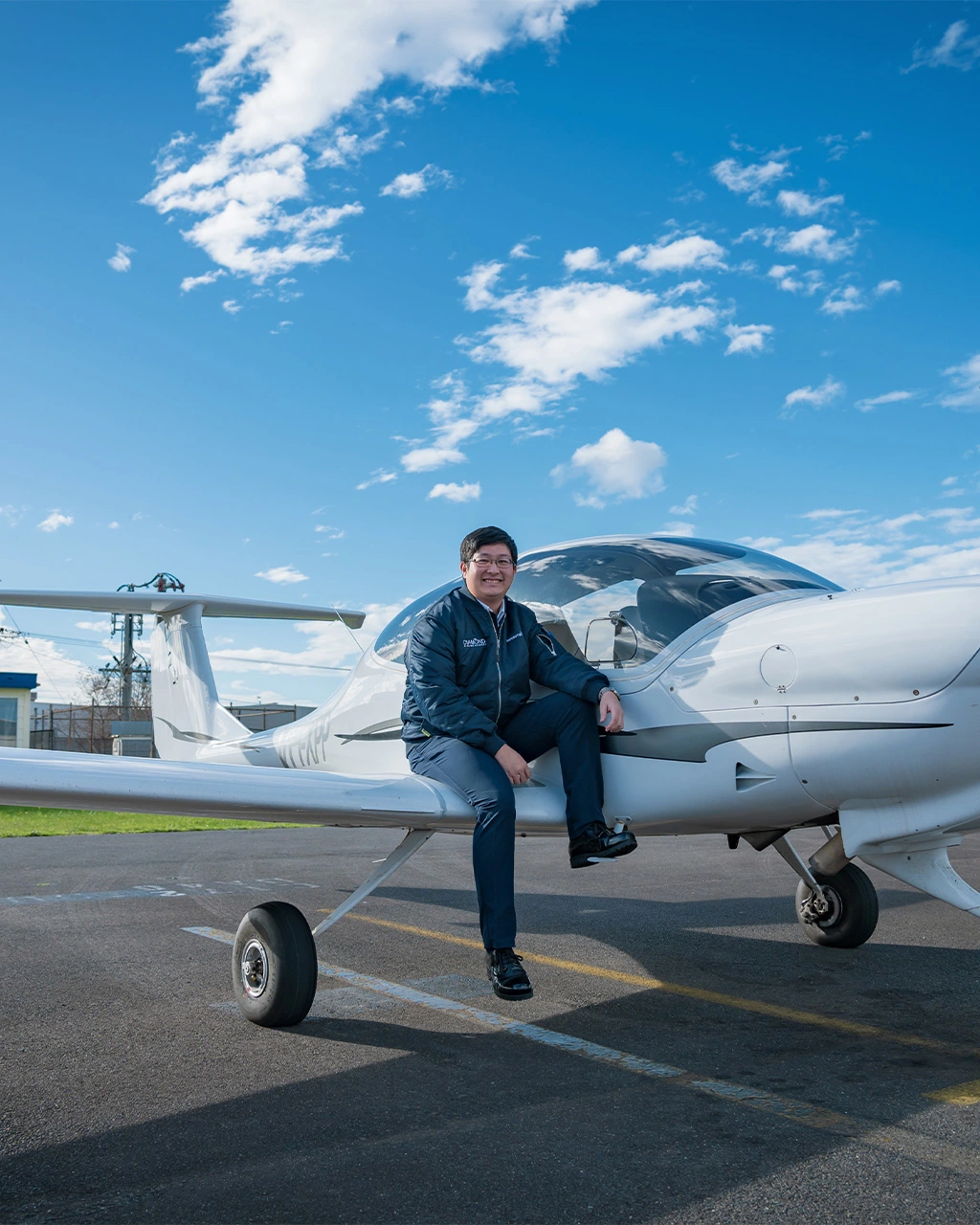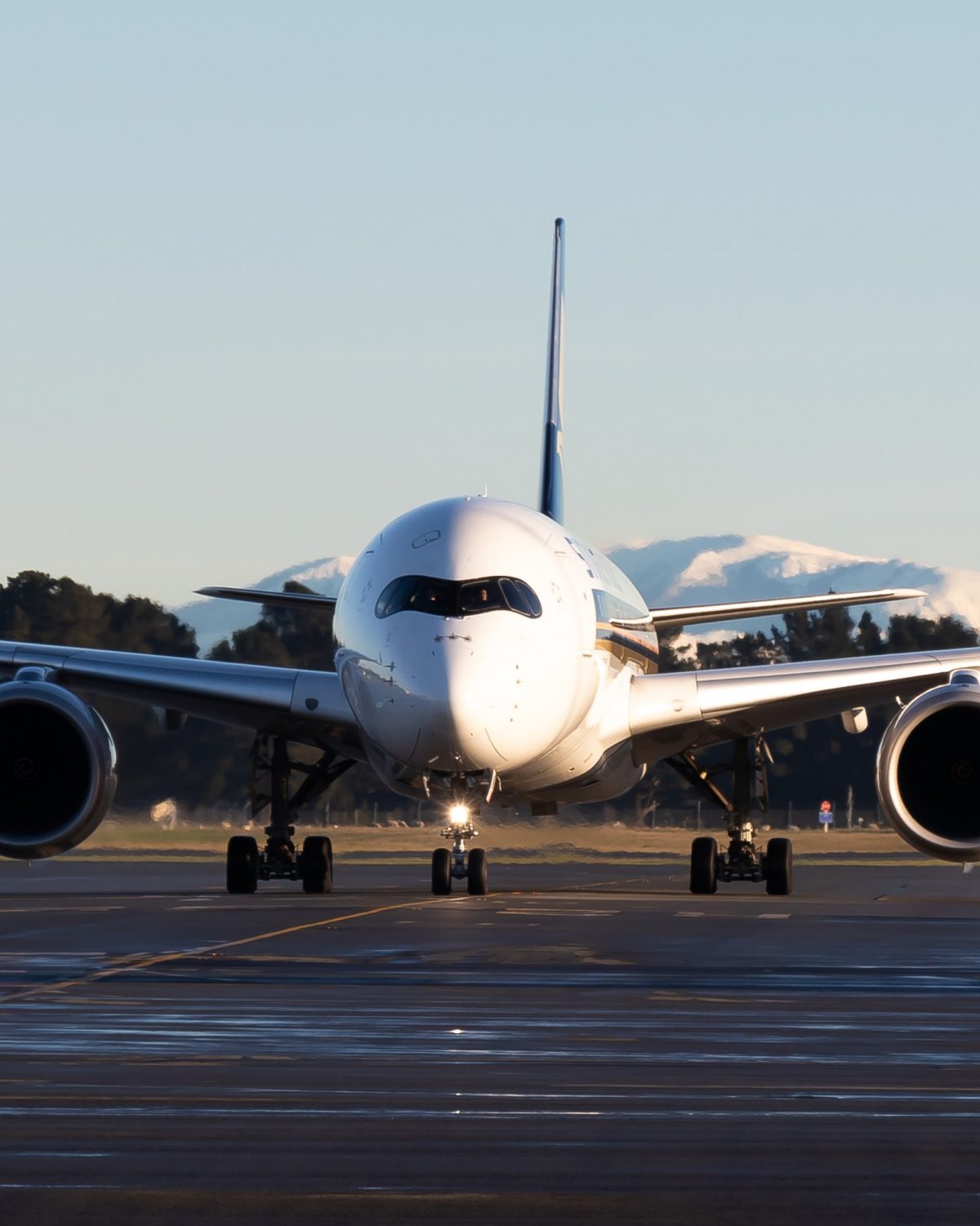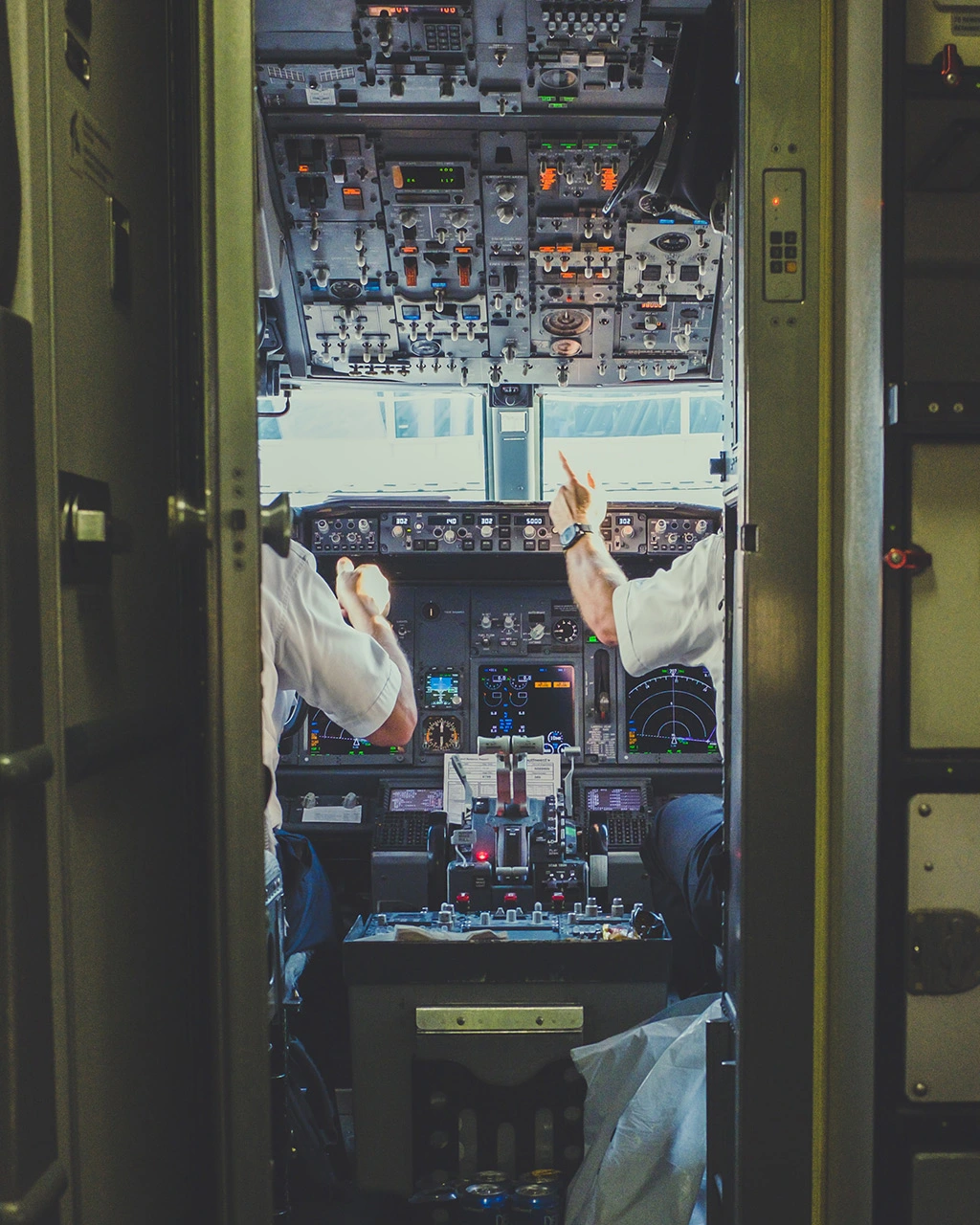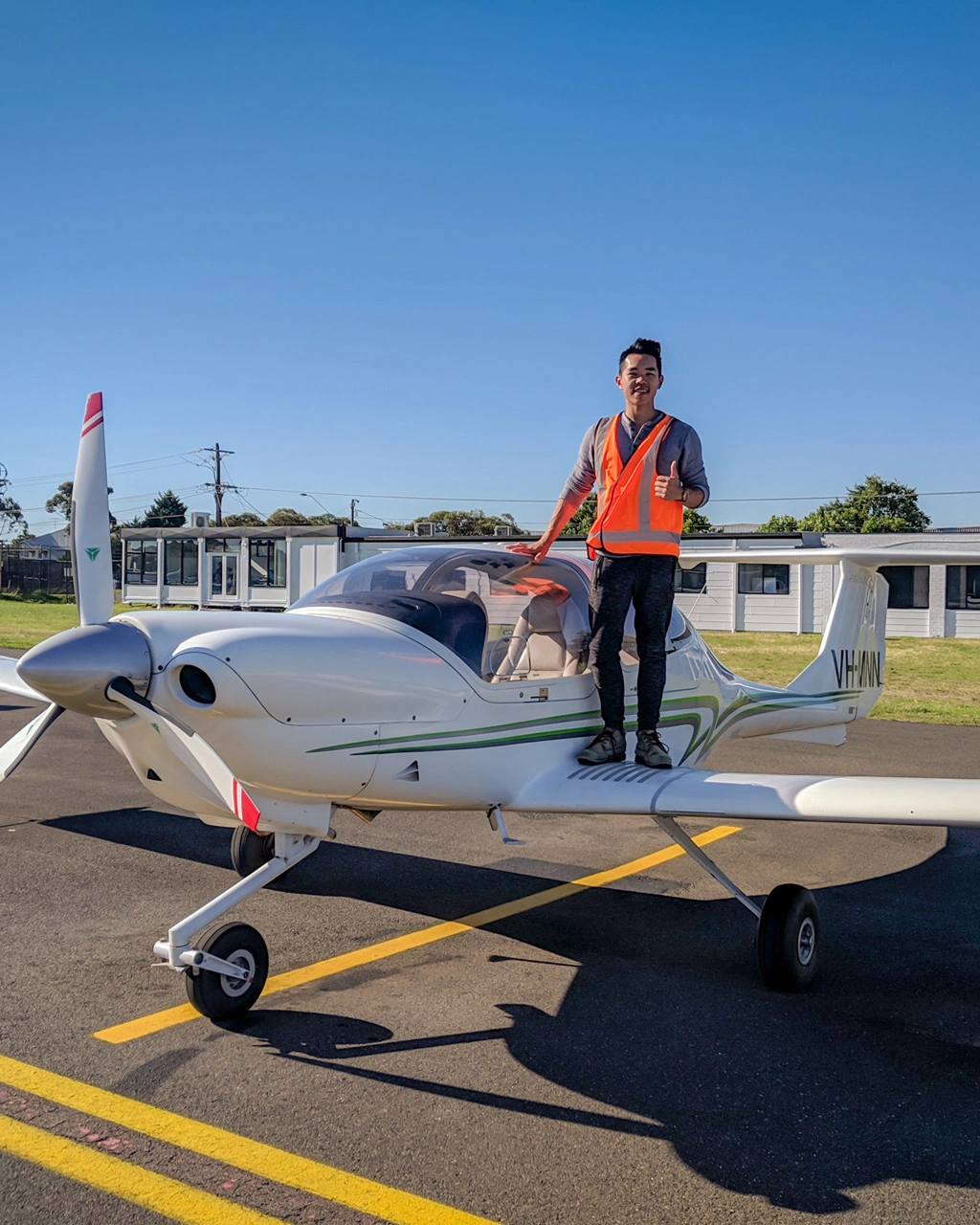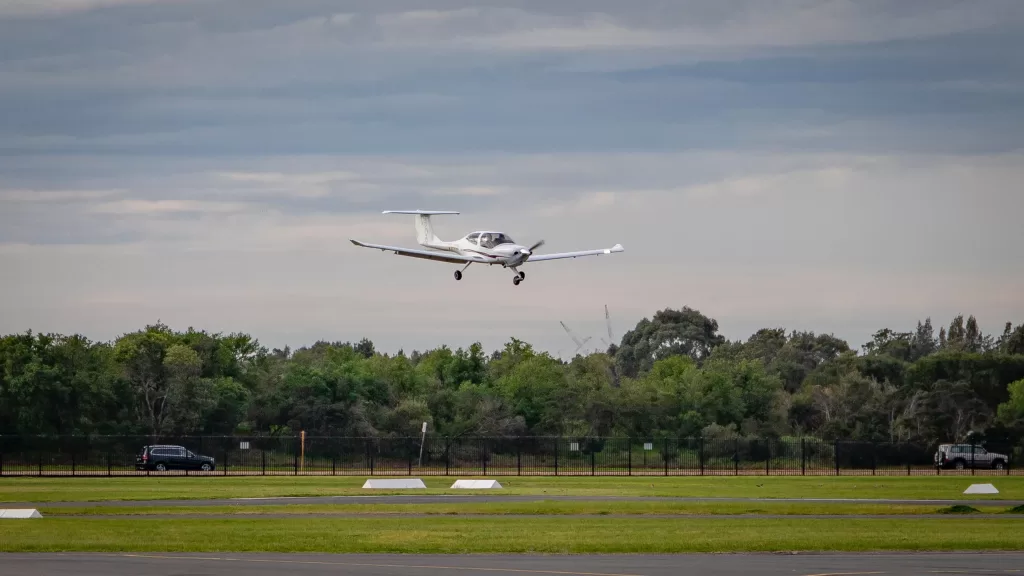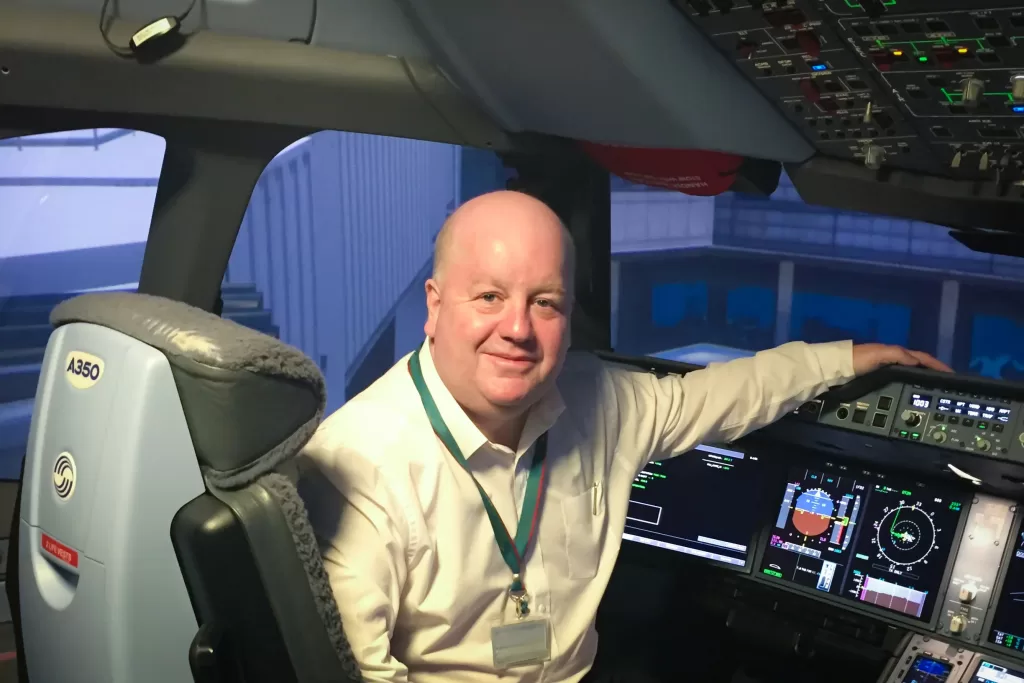Australia is a top destination for flight training international students due to having great terrain, coastlines and uncongested airways. If you’re an international student preparing for flight training in Australia, here are our top 5 tips!
Australia is the perfect training destination, offering an amazing lifestyle whilst you train. Flight training in Australia has gained popularity due to the highly recognised pilot training courses and student support. This all creates a high-quality airline pilot – which could be you.
If you’re limited in time, it’s important that you complete some preparation before coming to do flight training in Australia. This will help to ensure you make the most of your aviation training time.
Top 5 Tips: Flight Training Australia
- 1. Setting the Goal
Your goal is the most important part to start with. This defines the aviation training pathway that you take in Australia and how you will achieve the goal.
Perhaps this means you want to fly for fun. Maybe you’d like to fly your first solo or enjoy aviation training with the Australian experiences on offer. You can be in the company of other aviation students enjoying the same benefits!
Deciding on your goal will ensure you are best prepared for your flight training in Australia.
- 2. Choose the right time
Once you’ve decided on your goal, the next step is researching your training pathway. This will ensure you get the most out of your aviation training in Australia. Considerations include how long you need to stay in Australia and how many flying hours you actually need.
Another consideration for your flight training is timing – which month is best? Australia’s weather seasons include summer in December, January and February. Australia’s winter is June, July and August. You can fly all-year-round, but weather is always a consideration. In the northern states such as Queensland and Northern Territory, summer months are their ‘wet season’. Meanwhile, these months make for excellent flying conditions in Melbourne, Victoria, for example.
- 3. Choose the right airport fit for your training purpose
Once you know your preferred timing, you’ll need to decide which airport is best for your needs. A non-controlled aerodrome makes training somewhat easier, with less traffic, less radio work and lower fees. However, you would miss out on learning how to speak to Air Traffic Control (ATC) and more in-depth situational awareness skills. A controlled airport, such as Moorabbin, Melbourne (YMMB), offers a more professional learning environment. You’ll likely note a higher level of training and experience on offer, but it can be more expensive.
TIP: If you want to become a professional pilot, a controlled airport will be better for you
- 4. Choose a flight school
Selecting the right school can mean you’re training more efficiently, to a higher level, or simply in a great location. Overseas students have limited time in Australia, so consider your available time for Australian aviation training.
For example, flight training can have a lot of interruptions. Weather is always a factor, but often you can complete classroom and theory when the weather isn’t suitable for flying. However, there will come a time when your practical training is delayed due to inclement weather. Aircraft maintenance and instructor availability are other factors.
When you’re deciding on a school, have a look at its aircraft fleet and instructors. A great flight training school will have a range of aircraft with different training and endorsement options. That school might also have a flight training team of high-quality Grade 1, Grade 2 and Grade 3 instructors, too. Better yet, an administration team to support both you and the flight training team is an added bonus.
Given the different categories of flight instructors, it’s important to understand their background: Can they conduct a flight test? Can they oversee the endorsement(s) you’d like to complete? Are they experienced? The best Australian flight training provider will have sufficient aircraft and instructors efficiently reach your aviation goals.
TIP: If a school has more aircraft than instructors, you’ll have fewer cancellations!
- 5. Option to do the theory online?
By studying online, it’s possible to utilise your time in Australia to focus on your practical flight training component. Learn To Fly provide RPL (Recreational Pilot Licence), PPL (Private Pilot Licence) and CPL (Commercial Pilot Licence) theory courses online. All of these courses are designed to prepare you to pass your theory exams. All of these theory courses are able to be completed before commencing your flight training in Australia.
If you choose this pathway, it can save you both time and money. For example, the CPL theory can take around 4 – 6 months to complete in Australia. If you complete our online CPL theory course before arrival, you’ll save 4 -6 months in time, food and accommodation. This is the time you can spend flying planes!
Training Videos
Learn To Fly have created a comprehensive suite of learning and support materials. We want to ensure you can complete your aviation training to the highest standard, with all questions answered. In addition to high-end training aircraft, instructors and course materials, we produce a large range of training videos. They’re FREE of charge, so you can watch the videos anytime on our Learn to Fly YouTube Channel.
If you follow all of this, you’re taking the right steps in preparing yourself for flight training in Australia!
So, what are you waiting for? Get in touch with us today! Our team would be pleased to answer any questions to start your journey of flight training in Australia.
Our social media offers free flight training videos and much more – so, give us a follow at https://linktr.ee/learntoflymelbourne









